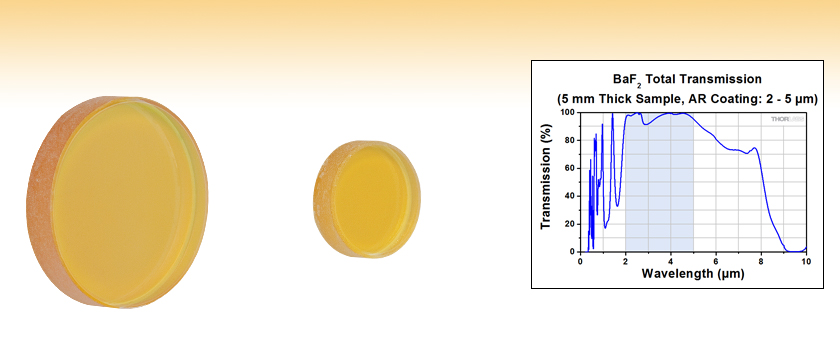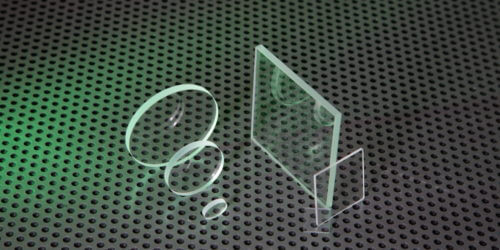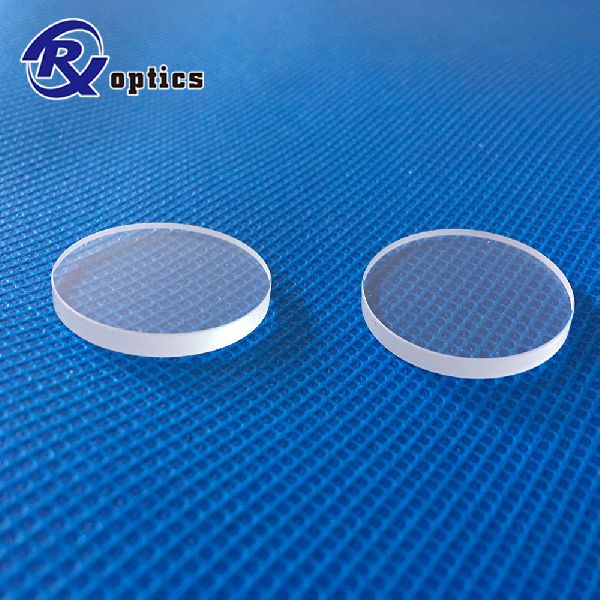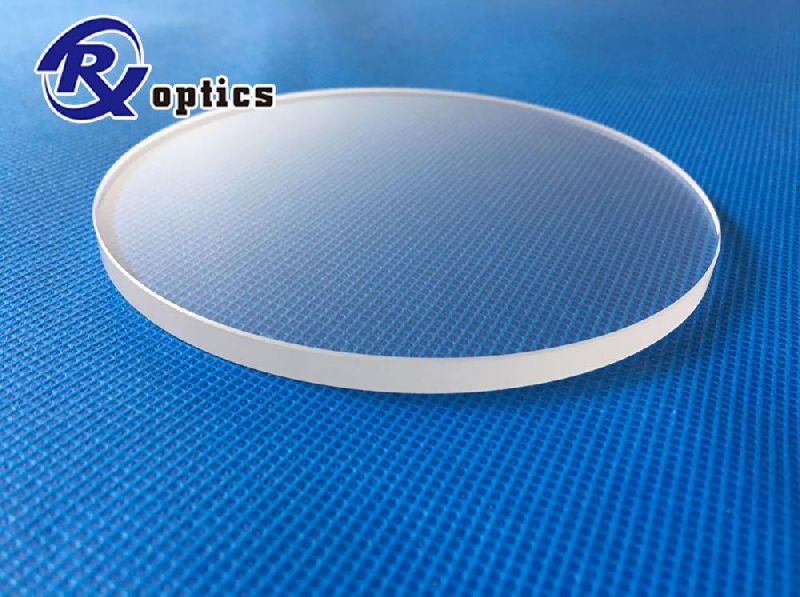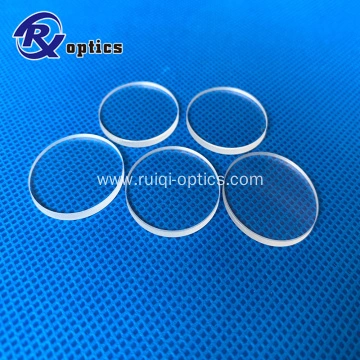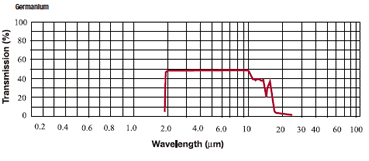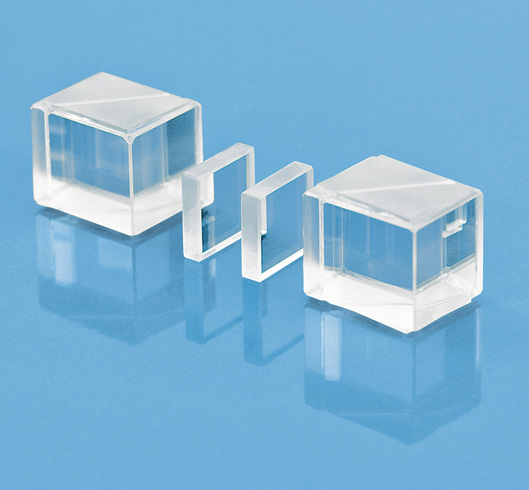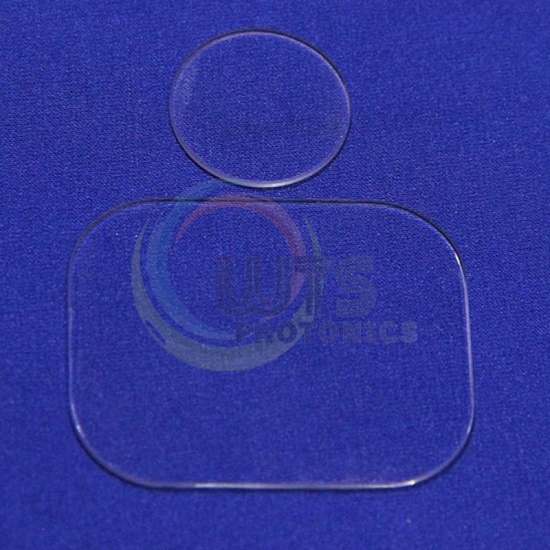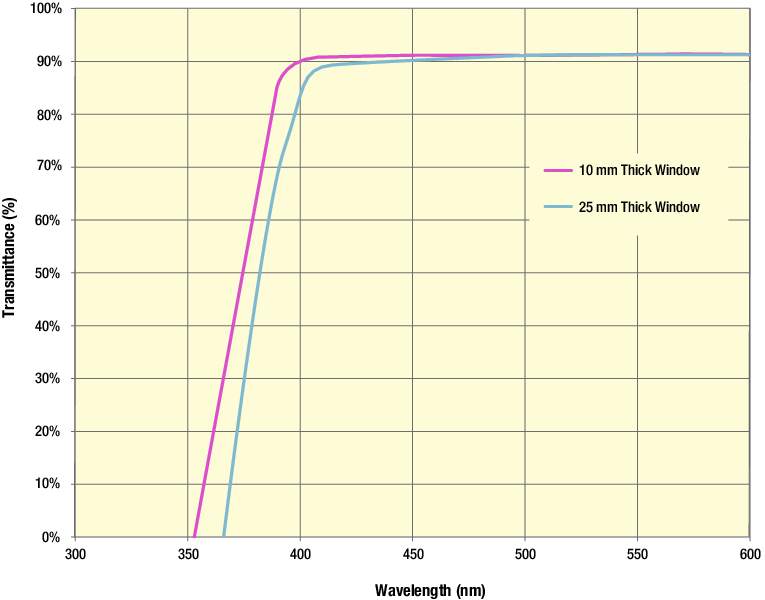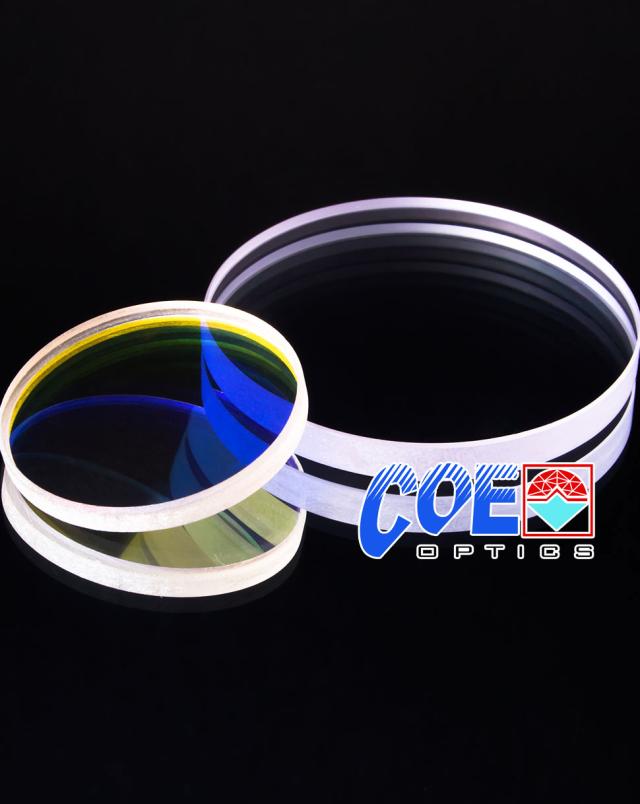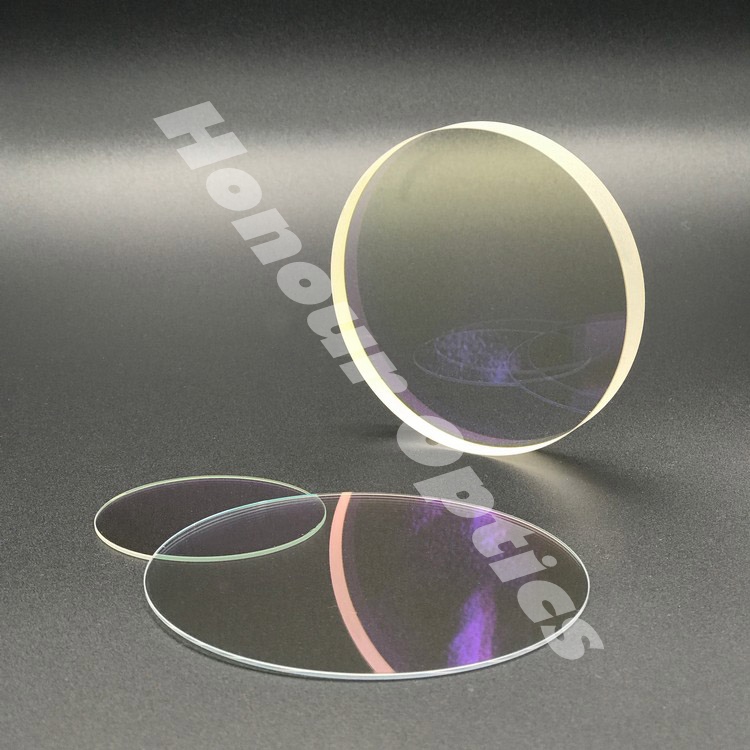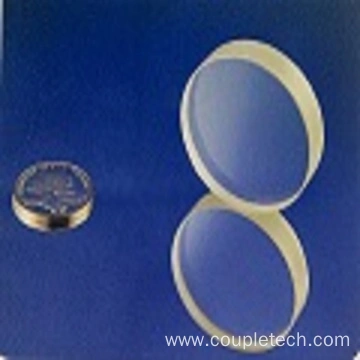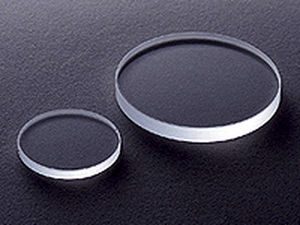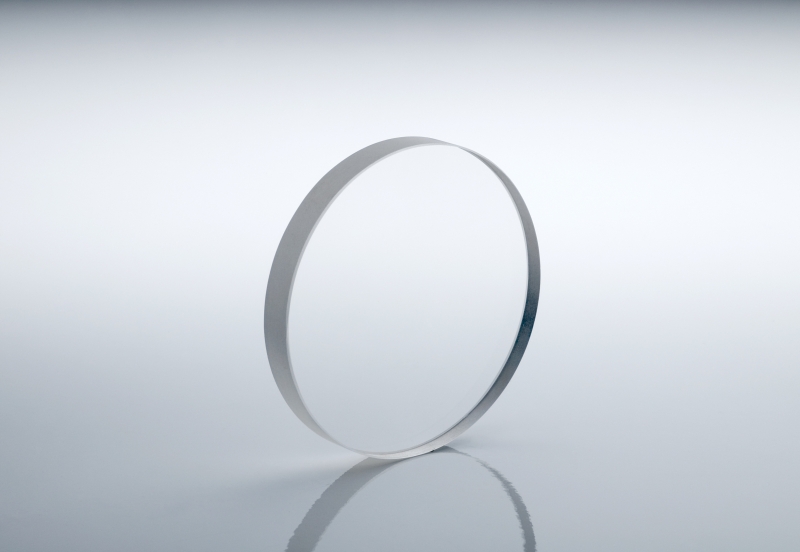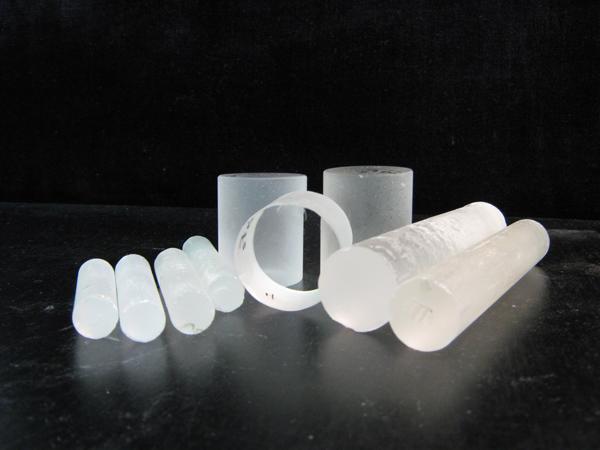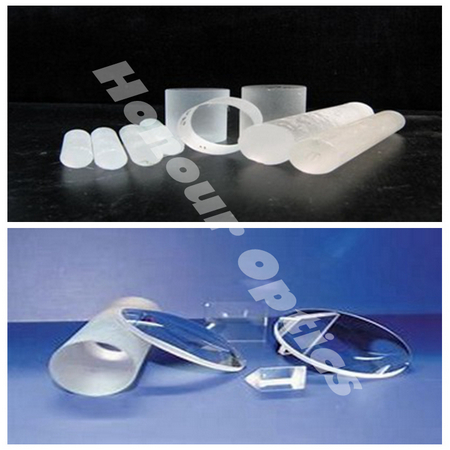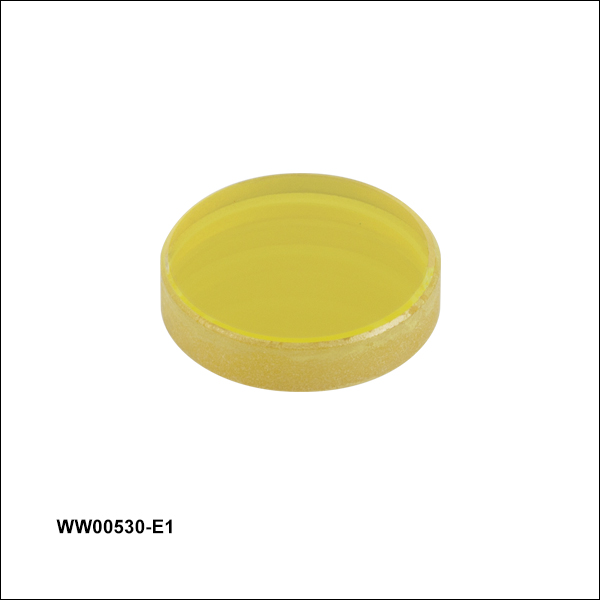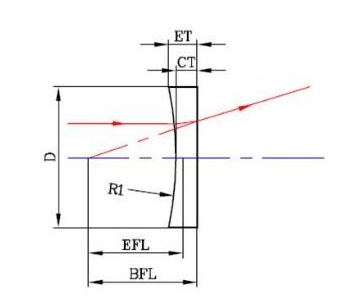Barium Fluoride Optical Windows
.jpg)
Windows intended primarily for ir use and noted as having ir polish may have.
Barium fluoride optical windows. Barium fluoride baf2 lenses windows mirrors filters and prisms. Although these windows are ar coated on both sides for ir use barium fluoride is commonly chosen for applications that require transmission into the ultraviolet. For an equivalent thickness the transmission extends approximately 1 micron further into the ir than calcium fluoride. Used for optical windows prisms and lenses transmitting from the vacuum ultraviolet into the infrared.
Barium fluoride is used for optical windows prisms and lenses transmitting from ultraviolet into infrared it can be used as an infrared laser window or lens. Barium fluoride baf2 windows. Barium fluoride windows can be used up to 800 c in a dry environment but prolonged exposure to moisture can degrade transmission in the vacuum ultraviolet range. Barium fluoride is often suitable for applications in the passive ir band 8 to 14 μm and is often used as a viewport window for thermography.
Barium fluoride baf is a crystalline compound of barium and fluoride used in optical applications in the nir vis and mwir spectrums. Baf2 has excellent transmission from 200nm 12μm and resistance to high energy radiation. While barium fluoride windows are less resistant to water than calcium fluoride baf 2 windows are the most resistant optical fluoride to high energy radiation but feature lower uv. Barium fluoride baf2 is the fastest known scintillator material and barium fluoride windows and plates are used in vuv and infrared spectroscopy.
An ar coating maximizes the transmission over 3 to 5 µm r avg 2. Barium fluoride baf is also a scintillation material that exhibits one of the fastest known decay constants among inorganic materials. Baf 2 is recommended for use as a vacuum ultraviolet window where high radiation resistance is required.


